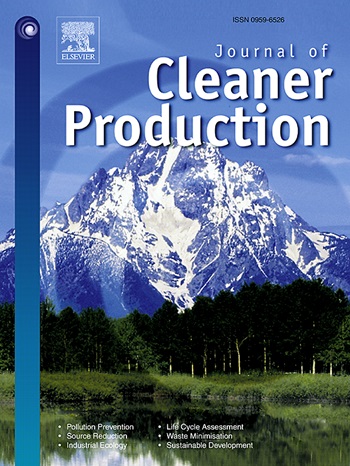Scalability of hemp-based thermal insulation in the United States – A Monte Carlo-based techno-economic approach
IF 9.7
1区 环境科学与生态学
Q1 ENGINEERING, ENVIRONMENTAL
引用次数: 0
Abstract
Decarbonizing the construction sector is vital to meet the U.S. national greenhouse gas emission targets. To this effect, the development and deployment of bio-based alternatives to existing construction materials is becoming an increasingly used strategy to reduce the embodied carbon of the built environment. Hemp-based insulation is one such alternative. While several studies have aimed to quantify the environmental benefits of deploying hemp insulation, the economic modeling is currently limited to purchase price data. In this study, a Monte Carlo-based techno-economic model is proposed to fill this gap. The developed model incorporates the uncertainty surrounding a supply chain in its infancy to determine the economic viability of the hemp insulation across a range of input parameters. The results obtained show that the retrofit of existing bioproducts/manufacturing plants to produce hemp insulation increases the rate of payback and breakeven. The model further analyzes the economic viability of hemp insulation across different production rates and selling prices, which in turn reflects the economic performance across different rates of demand and market penetration of the insulation. Further sensitivity analysis shows that the price of the procured hemp fibers, the selling price of the finished product, and the demand for the finished product are key factors that determine the magnitude of economic success. Lastly, this study shows the need for further development of the hemp supply chain and the hemp market, with opportunities for manufacturers to strongly consider mass production of hemp insulation.
求助全文
约1分钟内获得全文
求助全文
来源期刊

Journal of Cleaner Production
环境科学-工程:环境
CiteScore
20.40
自引率
9.00%
发文量
4720
审稿时长
111 days
期刊介绍:
The Journal of Cleaner Production is an international, transdisciplinary journal that addresses and discusses theoretical and practical Cleaner Production, Environmental, and Sustainability issues. It aims to help societies become more sustainable by focusing on the concept of 'Cleaner Production', which aims at preventing waste production and increasing efficiencies in energy, water, resources, and human capital use. The journal serves as a platform for corporations, governments, education institutions, regions, and societies to engage in discussions and research related to Cleaner Production, environmental, and sustainability practices.
 求助内容:
求助内容: 应助结果提醒方式:
应助结果提醒方式:


